The noses of MiG-21 and Su-22 aircraft of the Vietnam People's Air Force often have sharp "spears". Are they weapons or special equipment?
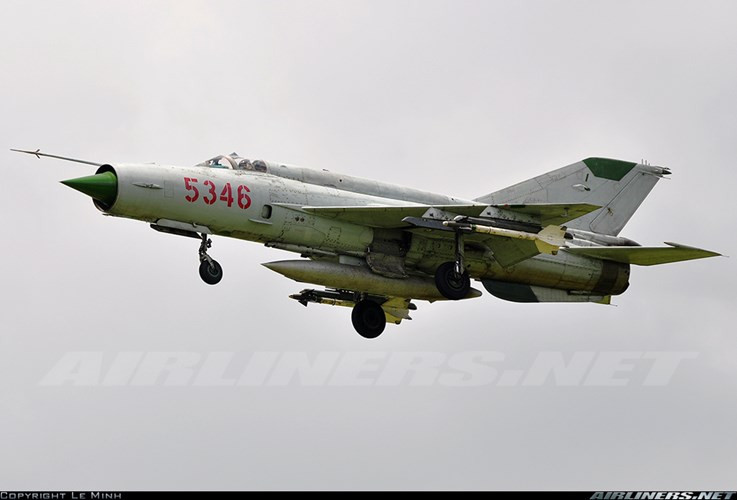 |
| Surely, he and many Vietnamese people, when "seeing" the modern fighter planes of the Vietnam People's Air Force, will have many questions about the equipment on the fighter planes. One of the big questions that netizens often ask when looking at pictures of the MiG-21 or Su-22 is the long, sharp "spearhead" located at the tip of the MiG and Su fighter planes. Photo source: Airlines.net |
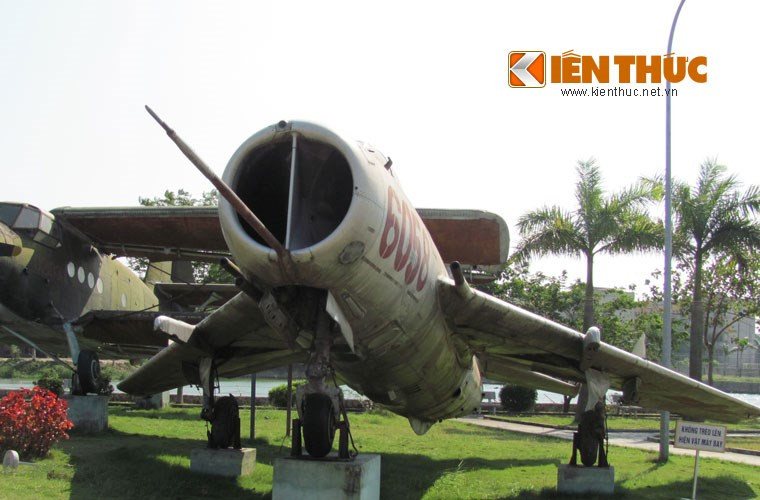 |
| In the photo, the long “spearhead” on the head of the legendary MiG-17 interceptor fighter of the Vietnam People’s Air Force. Photo source: Airlines.net |
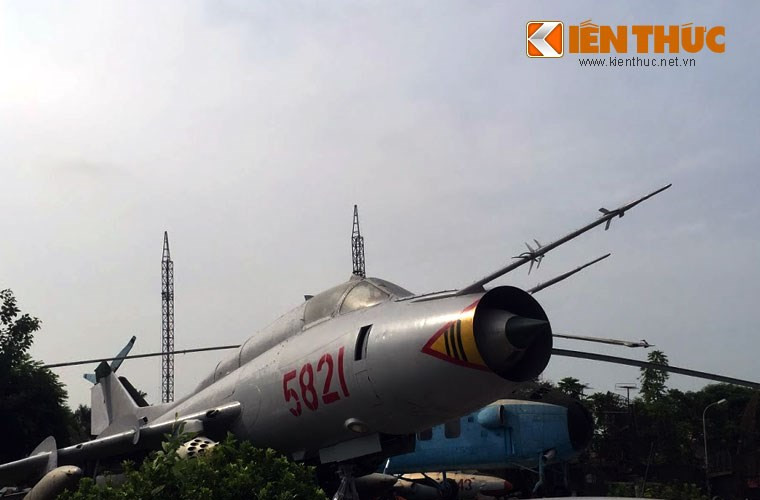 |
| “Spearhead” appeared on the top of the Su-22M attack aircraft. So is this device a weapon or special equipment? |
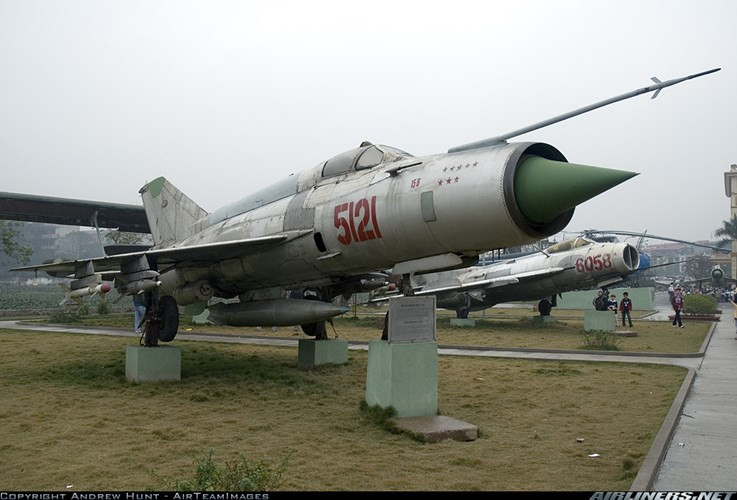 |
| Actually, it is not a special weapon but an aircraft device used to measure speed during operation. It is often called "air speed tube". |
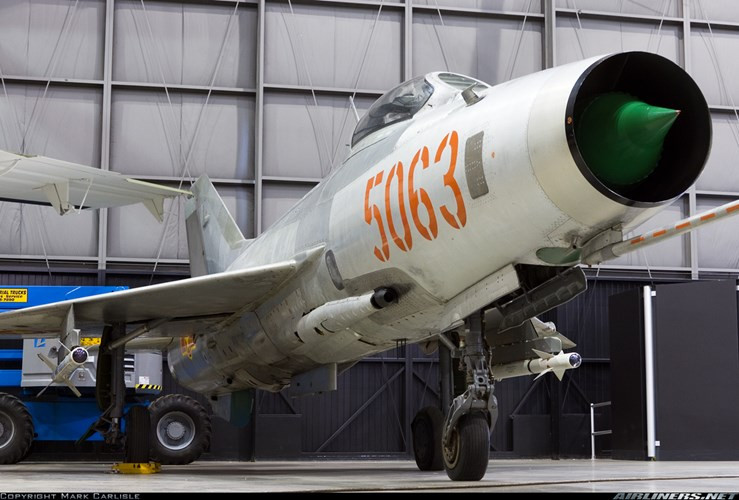 |
| This is a cylindrical tube slightly pointed towards the receiver, on the body there are evenly arranged holes used to collect the total pressure and static pressure of the air on subsonic and supersonic aircraft, bringing it to the variable sensors, for the purpose of calculating and processing to provide information about parameters such as speed, altitude, M number (aircraft speed compared to the speed of sound), differential pressure... to the pilot and automatic systems on the aircraft. Photo: MiG-21F-13 fighter with airspeed tube placed under the nose. Photo source: Airlines.net |
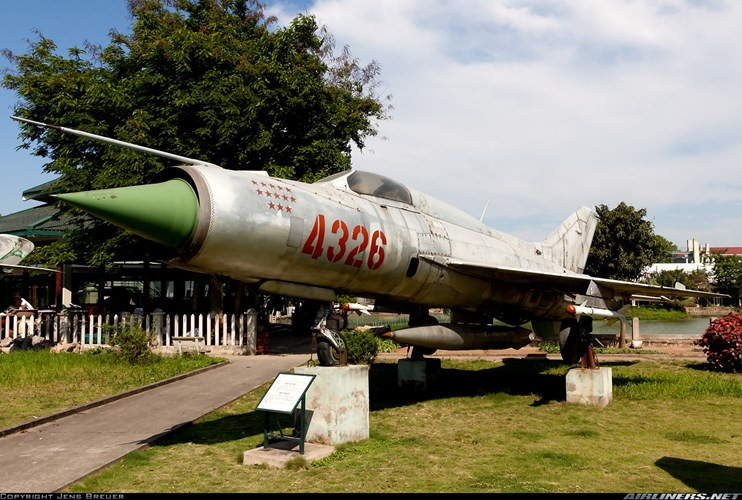 |
| According to the Air Defense - Air Force newspaper, in the history of the development of the aviation industry, the airspeed tube was equipped as an indispensable part of the aircraft equipment. Initially, when the aircraft was not equipped with jet engines, the aircraft almost only flew at subsonic speeds. The airspeed tube simply collected dynamic and static pressure and then provided to the mechanical sensors that brought up the parameters of altitude, speed, etc. to the clock. Photo source: Airlines.net |
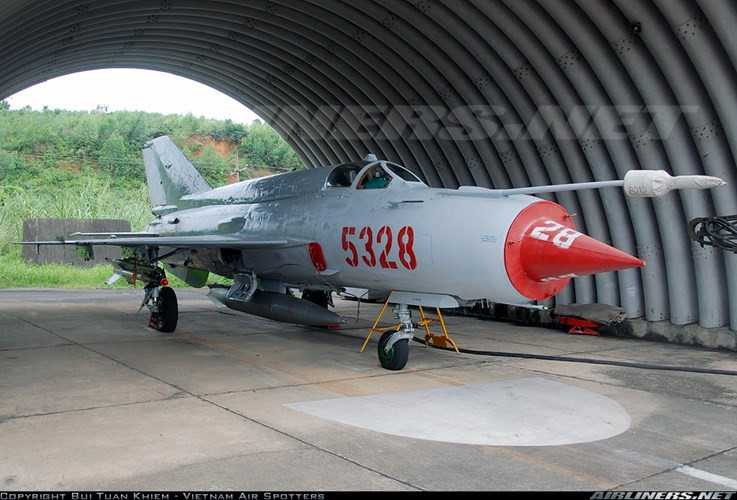 |
| Nowadays, modern fighters are equipped with airspeed tubes with aerodynamic properties that take into account errors caused by shock waves when the aircraft flies above sound level. Information about speed and altitude is not only displayed to the pilot but also provided to many other systems on the aircraft in the form of digital signals to perform navigation tasks. Photo source: Airlines.net |
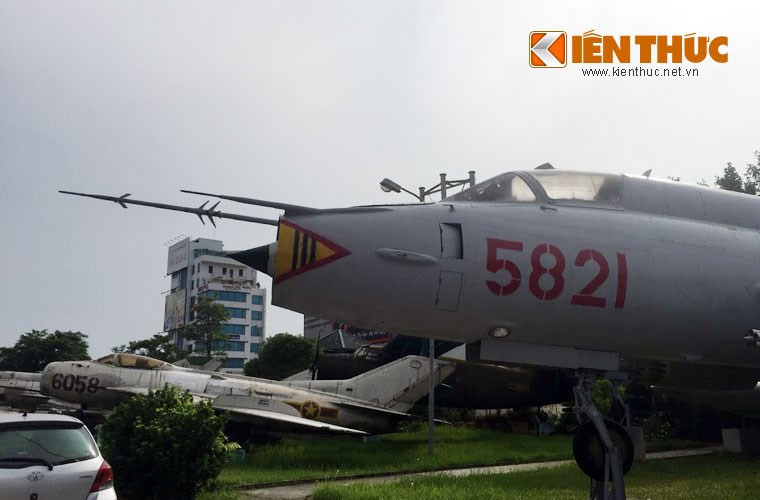 |
| Pressure is collected from holes arranged on the upper and lower surfaces of the zero-speed tube, receiving the increase and decrease of pressure and sending it to the diaphragm-type transmitters. The diaphragm expands and gives signals in various forms such as mechanical (clock index), analog, and digital. |
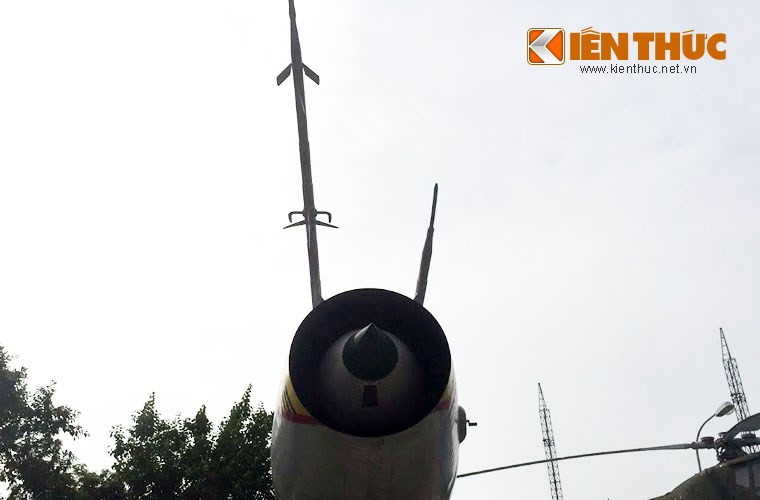 |
| Understanding its important role, current aircraft are equipped with backup airspeed tubes. They are usually installed in places that are easily exposed to the air without any obstructions. Photo source: Airlines.net |
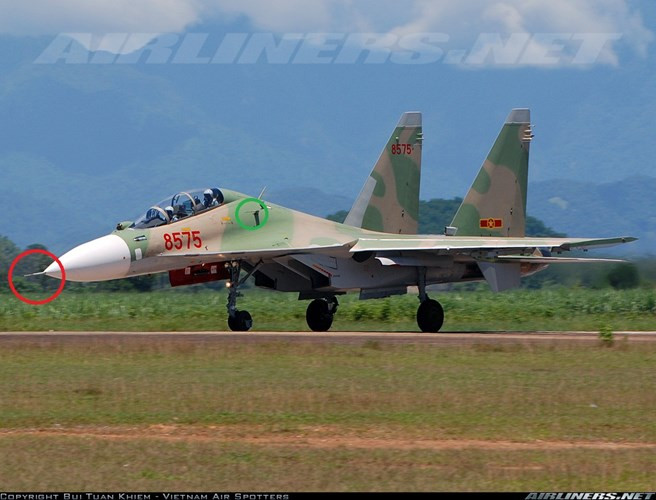 |
| Typically, on some types of fighter aircraft, the main airspeed tube is located at the front of the aircraft (usually coinciding with the longitudinal axis of the aircraft), the auxiliary airspeed tubes are usually located near the cockpit or the fixed part of the wing. Photo: Red is the main airspeed tube, blue is the auxiliary airspeed tube on the Su-30MK2 fighter of the 923rd Yen The Regiment, Vietnam People's Air Force. Photo source: Airlines.net |
According to Kienthuc.net












